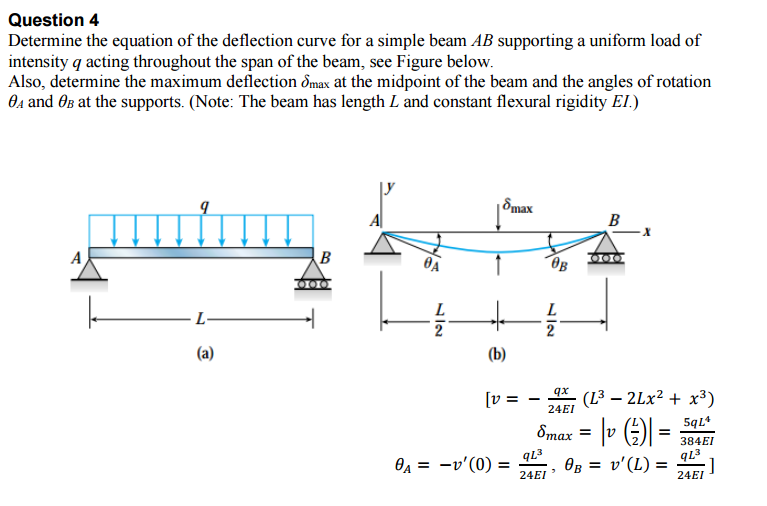

Two cracking patterns were found during the experimental test which includes shear cracking and flexural cracking`. The 1.0 mm metal thickness composite slab has the highest ultimate flexural capacity among all specimens which is 84 kN followed by a 0.75 mm metal thickness composite slab with 58 kN and ends with the lowest 9.1 kN of conventional slab.

The yield flexural capacity and average yield displacement of specimens for the composite slabs were 28.0 kN and 0.80 mm respectively. The recorded results of three different slabs were then used to plot a load-displacement graph and deflection profiles are to be analysed and compared. The strength and behaviour of the slabs are recorded and comparisons with conventional slabs with composite deck slabs are made to achieve the objectives. A simply supported conventional reinforced concrete slab is used as the control specimen and two composite slabs with different metal thickness of steel sheet profiles were constructed and tested under a four points flexural strength test. The newly developed metal decking system with a thickness of 0.75 mm and 1.0 mm produced by the industry requires a detailed study in strength and performances before it is launched for commercialization. This research presents an experimental study on the flexural strength and failure behaviour of a newly developed composite metal decking system.


 0 kommentar(er)
0 kommentar(er)
